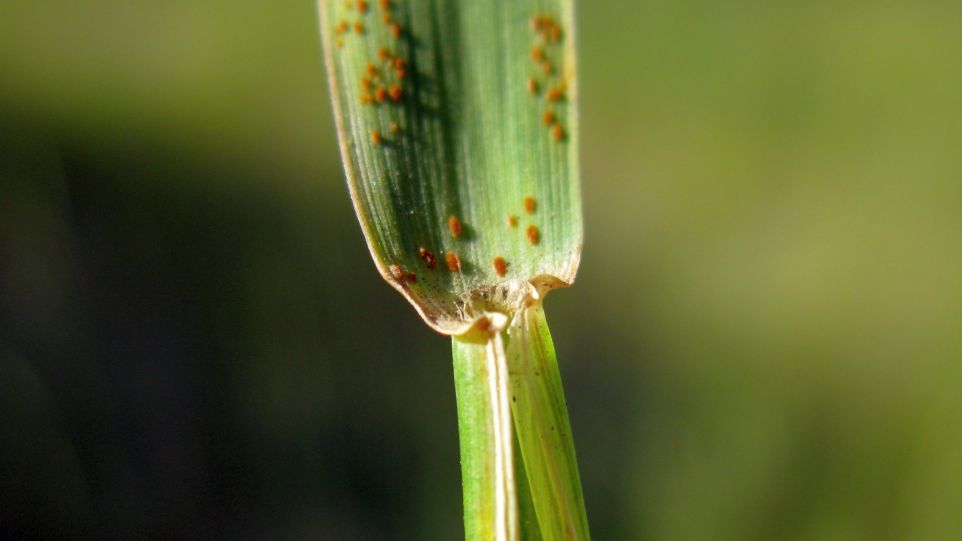
Electronic noses detect crop diseases

If plant diseases are detected before the first visual symptoms appear, plant protection products can be significantly reduced. In the future, so-called electronic noses are to help in this process.
05/11/2023 · News · Leibniz-Institut für Agrartechnik und Bioökonomie · Leibniz-Institut für innovative Mikroelektronik · Mathematik, Natur- und Ingenieurwissenschaften · Umweltwissenschaften · Projekte
If plant diseases are detected before the first visual symptoms appear, plant protection products can be used in a targeted manner and thus significantly reduced. In the future, so-called electronic noses, which are being developed by a consortium consisting of the BTU Cottbus-Senftenberg, Leibniz Institute for Agricultural Engineering and Bioeconomy (ATB), IHP – Leibniz Institute for High Performance Microelectronics and Photonic Insights GmbH as part of the BMBF's "Innovation & Structural Change" funding measure, are to help in this process. A first prototype, which was developed as part of the BMBF project "Innovation Campus Electronics and Microsensors Cottbus", is currently on display in the Science Gallery of the BTU library in Cottbus.
Numerous plant diseases can be detected by changes in the emissions of volatile organic compounds from the affected plants. In this context, a cost-effective detection method coupled with intelligent on-site data evaluation is crucial for successful application in agriculture. Therefore, the electronic nose is realised within the project "AgriNose"on the basis of semiconductor sensors that can be manufactured with modern, industrial microelectronic methods.
The combination of modern microelectronics with agricultural questions creates opportunities for establishing Lusatia as a high-tech location e.g. for environmental monitoring. The cooperation of experts from IHP, BTU and ATB, who come from the fields of agriculture, physics and biotechnology, as well as from microelectronics, together with the industrial expertise of the project partner Photonic Insights GmbH, offers excellent scientific and technical prospects for success in achieving the joint project goals in 2024. It is essential that the research work does not start at the basic level, but builds on the expertise of the partners in order to successfully complete the ambitious project within the three-year term. IHP Project leader Professor Inga Fischer explains: "Many field and reliability studies are necessary for the development of the electronic nose. We are currently investigating winter rye as a field crop, as we did in the first year of the project. Our project will support monitoring in crop production and enable innovative cultivation techniques."
Project
Further information and contact
Presse release - Leibniz Institute for High Performance Microelectronics (IHP)